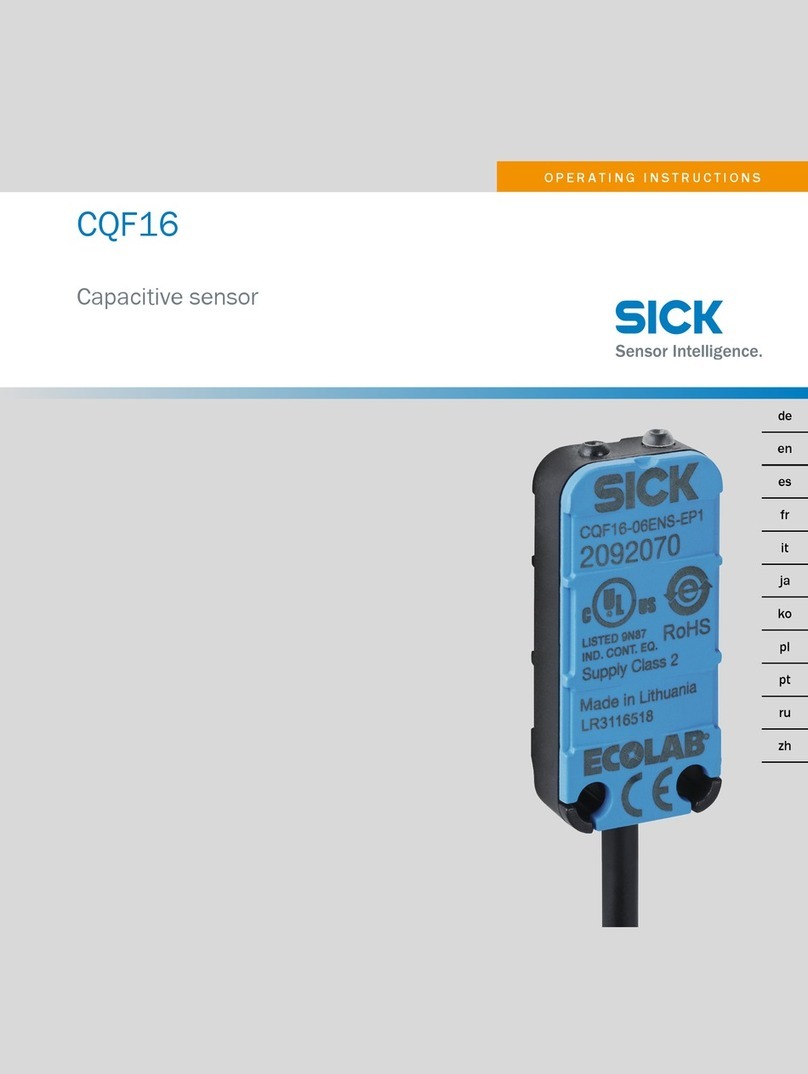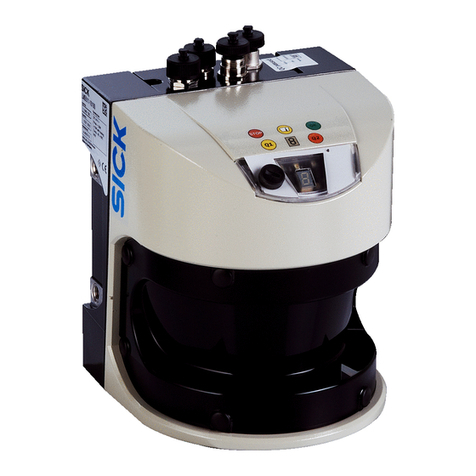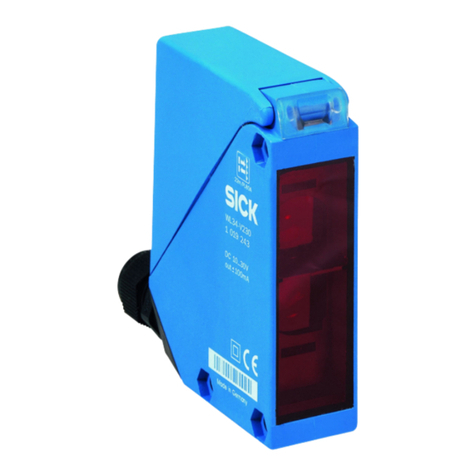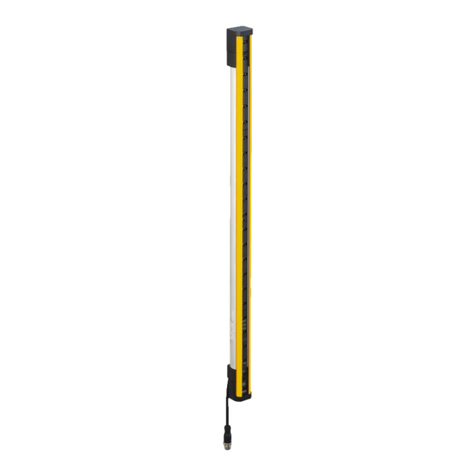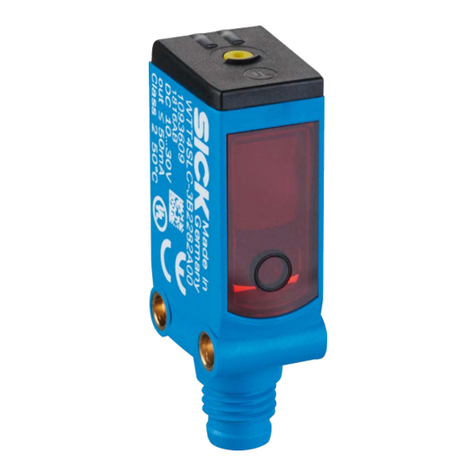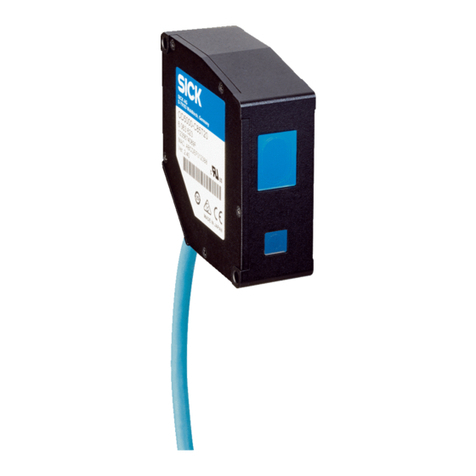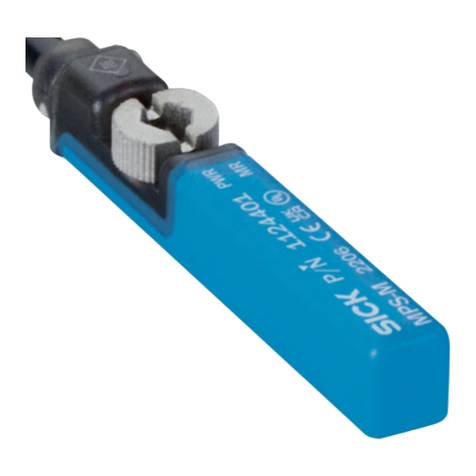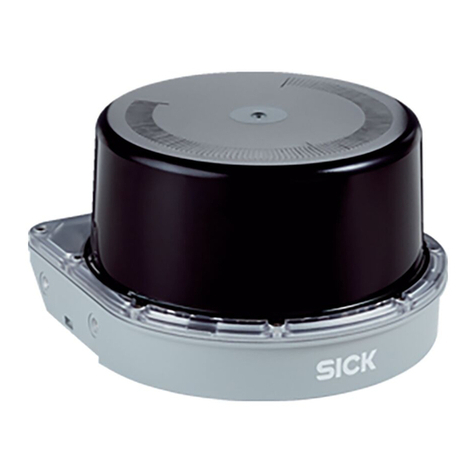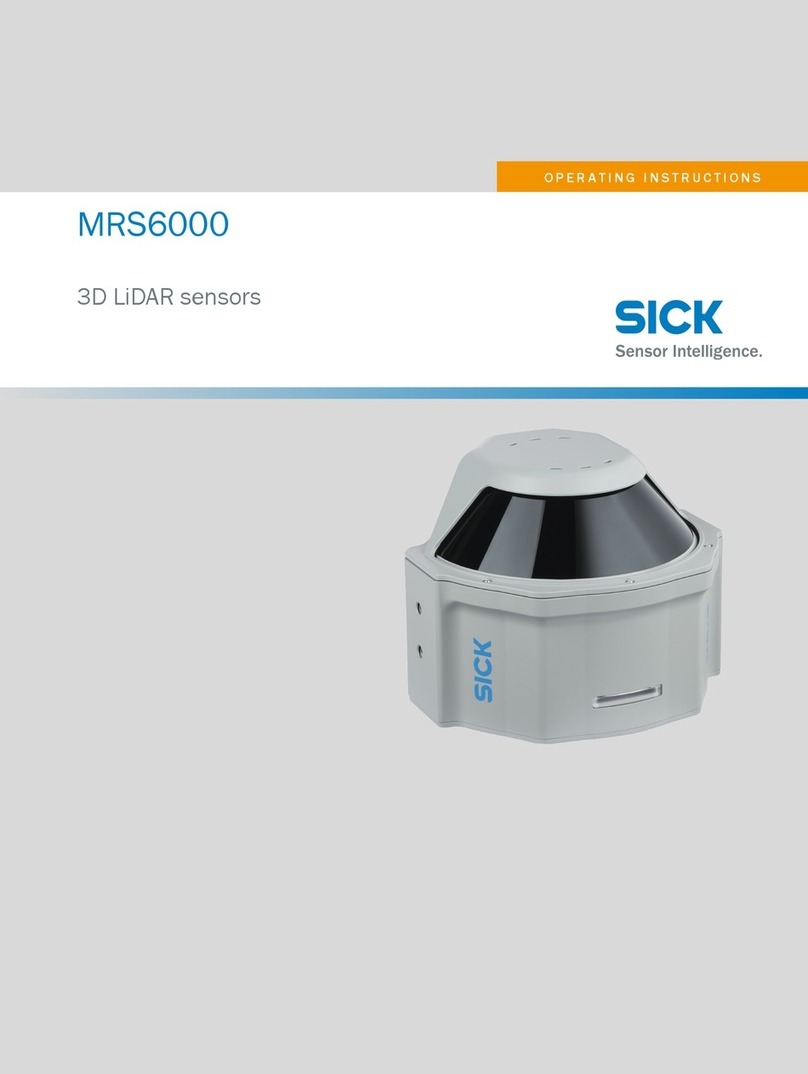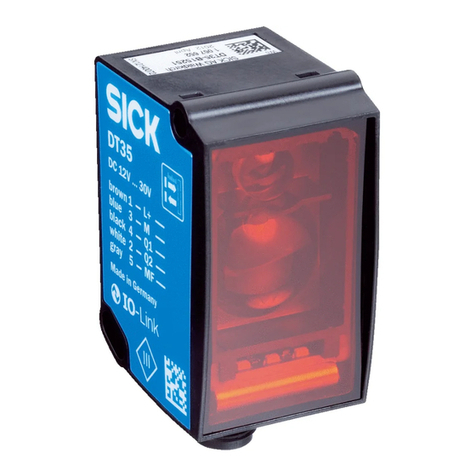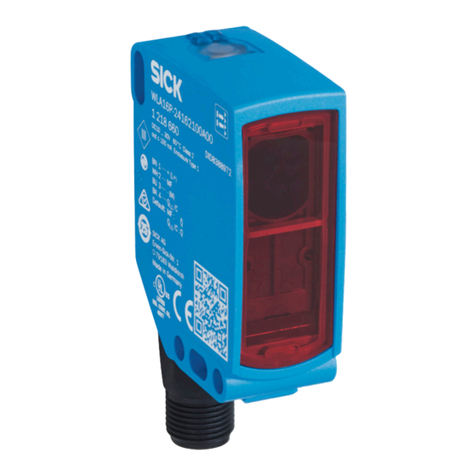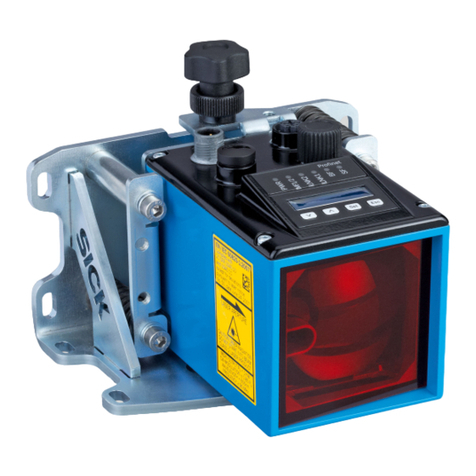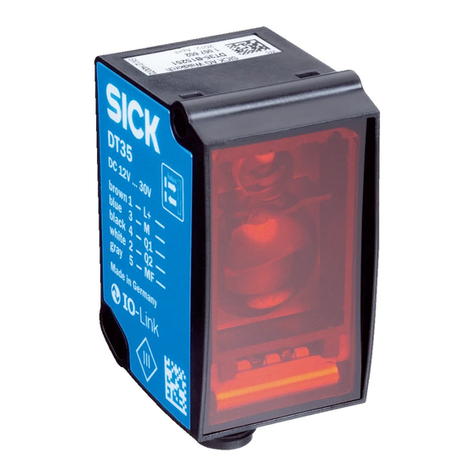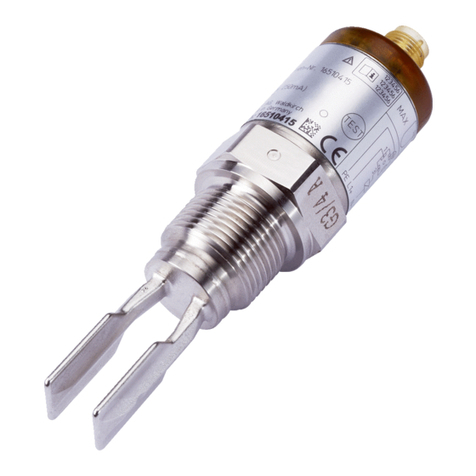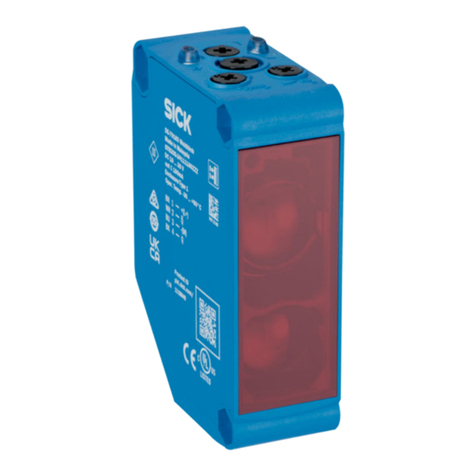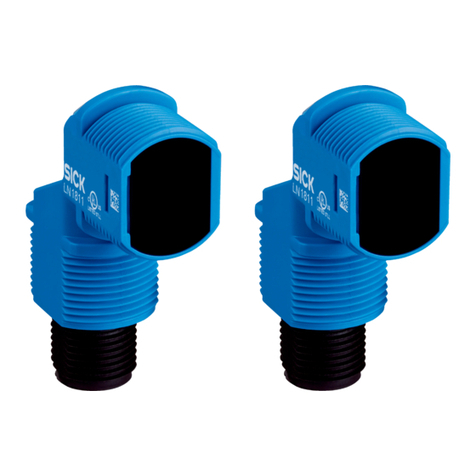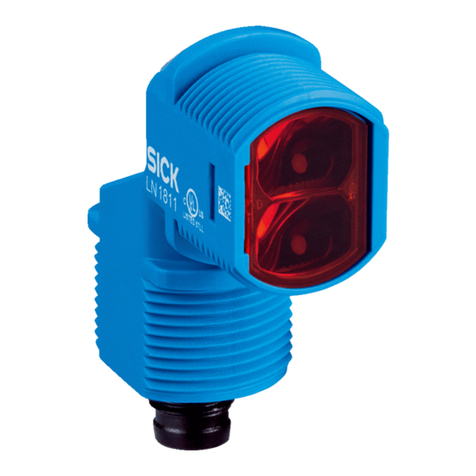
Contents
1 About this document........................................................................ 5
1.1 Information on the operating instructions.............................................. 5
1.2 Explanation of symbols............................................................................ 5
1.3 Further information................................................................................... 6
2 Safety information............................................................................ 7
2.1 Intended use............................................................................................. 7
2.2 Improper use............................................................................................. 7
2.3 Internet protocol (IP) technology.............................................................. 7
2.4 Limitation of liability................................................................................. 7
2.5 Modifications and conversions................................................................ 8
2.6 Requirements for skilled persons and operating personnel.................. 8
2.7 Operational safety and particular hazards.............................................. 9
3 Product description........................................................................... 10
3.1 Scope of delivery....................................................................................... 10
3.2 Setup and dimensions............................................................................. 10
3.3 Display and operating elements.............................................................. 11
3.4 Type code.................................................................................................. 11
3.5 Product identification............................................................................... 12
3.6 Principle of operation............................................................................... 12
3.6.1 Measurement principle........................................................... 12
3.6.2 Range finding........................................................................... 13
3.6.3 Direction measurement.......................................................... 13
3.6.4 Object sizes.............................................................................. 14
3.6.5 Impact of object surfaces on the measurement................... 15
3.6.6 Scanning range........................................................................ 17
3.6.7 Filter.......................................................................................... 17
4 Transport and storage....................................................................... 20
4.1 Transport................................................................................................... 20
4.2 Unpacking.................................................................................................. 20
4.3 Transport inspection................................................................................. 20
4.4 Storage...................................................................................................... 20
5 Mounting............................................................................................. 21
5.1 Mounting instructions............................................................................... 21
5.2 Mounting device....................................................................................... 21
5.3 Mutual interference.................................................................................. 22
6 Electrical installation........................................................................ 23
6.1 Prerequisites for safe operation of the device........................................ 23
6.2 Electrical block diagram for commissioning........................................... 26
6.3 Wiring instructions.................................................................................... 26
6.4 Connection diagram................................................................................. 26
CONTENTS
8026151//2020-11-15 | SICK O P E R A T I N G I N S T R U C T I O N S | TiM4xx 3
Subject to change without notice

